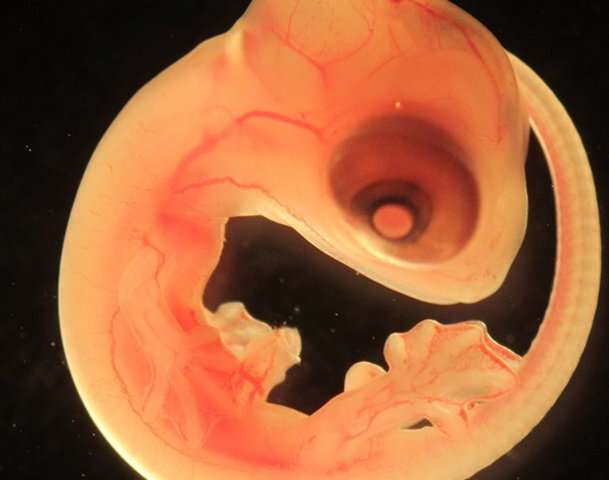This is the first instance in which the worms were found in reptile eggs.
Researchers with Lund University of Sweden have found the transmission of nematodes to lizard embryos of the common wall lizard (Podarcis muralis), a species found throughout much of Europe. According to a paper released by Lund University, this is the first instance in which the worms were found in reptile eggs. Lead researcher Nathalie Feiner said it was previously thought that egg laying prevented parasites from being transmitted to the baby lizards, but her research dispels that notion.

Nathalie Feiner/Lund University
Common wall lizard embryo.
"I was shocked when I saw something moving in the embryo's brain, despite having dissected many lizard eggs before," Feiner said.
Feiner's team also discovered the nematodes in the ovaries of the mother lizards as well. They believe that the worms originate in the intestines of the lizards and have somehow adapted to live in the ovaries, and then eventually into the brain of the babies during early embryonic development.
The Vet Report: A List of Common Internal Parasites in Reptiles
"Parasites are not my research area, so I hope others build upon this discovery," Feiner said. "It would be exciting to know if this vertical transmission is unique to the nematodes we found in the common wall lizards, or if this occurs in other species as well. It would also be interesting to find out if the lizard's behavior is affected by having worms in their brains."
The common wall lizard is a reptile listed as a least concern species by the IUCN and is found throughout much of Europe. There are also established populations in North America, where it goes by the name European wall lizard. It is a small lizard that grows to about 8 inches in length and is brownies or grains in coloration and sometimes tinged green.
The paper, "Vertical transmission of a nematode from female lizards to the brains of their offspring" is published in The American Naturalist.


